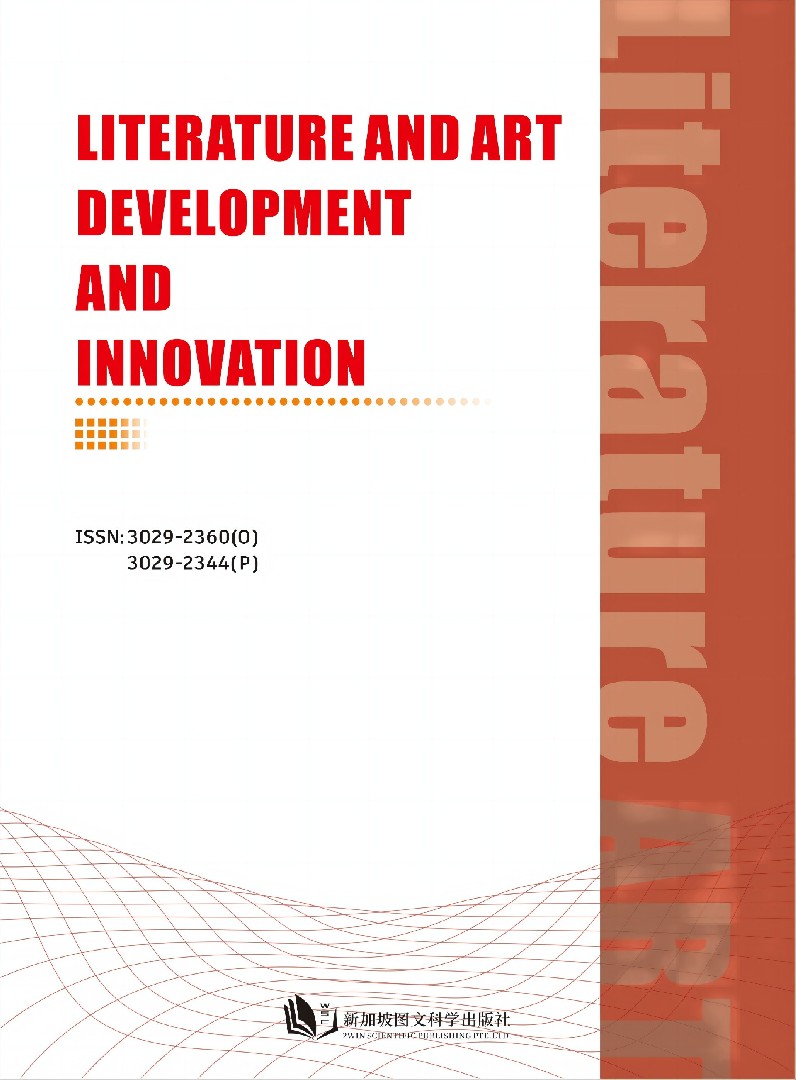作者
Mengjiao Li
文章摘要
Abstract: Filmmakers from China, Japan, and South Korea have adapted Keigo Higashino’s novel The Devotion of Suspect X to cater to the aesthetic preferences of their respective audiences based on their unique cultural and aesthetic sensibilities. The Japanese version emphasizes the portrayal of a low-desire society, depicting the collapse of rationality and tendencies towards self-destruction among individuals. In contrast, the South Korean adaptation capitalizes on the filmmakers’ expertise in secular romantic themes, highlighting the lyrical aspects of the story to appeal to the audience’s pursuit of harmony, thus rendering the narrative more secularized. Meanwhile, the Chinese rendition of The Devotion of Suspect X amalgamates various elements from different genres under the premise of cultural inclusivity, catering to the diverse aesthetic preferences of the audience and reflecting a postmodern sensibility.
文章关键词
Keywords: narrative power, cinematic techniques, viewer psychology, spatial dynamics, suspense films
参考文献
[1] S. Marsen, “The semiotic construction of worldview in film: multimodal variations in le Samourai, the killer, and ghost dog,” Semiotica, vol. 2012, no. 190, pp. 153–175.
[2] G. G. Mun, “The background of ‘Young Sang Shi Dae’ in Korean film history and the historical significance,” Cineforum, 2012, vol. 14, pp. 359–388.
[3] M. Sinka, “German film studies nostalgia after Nazism: history, home, and affect in German and Austrian literature and film by Heidi Schlipphacke,” German Quarterly, 2012, vol. 85, no. 1, pp. 99–101.
[4] D. Lefkowitz, “A D centered approach to sound and meaning in spike Lee’s Chi r,” Journal of Linguistic Anthropology, 2019, vol. 29, no. 2, pp. 231–238.
[5] C. Haworth, “Seeing through Music: Gender and Modernism in Classic Hollywood Film Scores. By Peter Franklin,” Music and Letters, vol. 94, no. 2, pp. 365–367, 2013.
[6] B. Paul, “Entomology as anthropology in the films of luis buñuel,” Screen, 2007, vol. 48, no. 4, pp. 425–442.
[7] L. V. E. R. Miranda and M. M. Wanderley, “New digital musical instruments: control and interaction beyond the keyboard,” Computer Music Journal, 2014, vol. 31, no. 4, pp. 75–77.
[8] W. S. Qureshi, A. Payne, K. B. Walsh, R. Linker, O. Cohen, and M. N. Dailey, “Machine vision for counting fruit on mango tree canopies,” Precision Agriculture, 2016, vol. 17, no. 3, pp. 1–21.
[9] A. Nasirahmadi, S. A. Edwards, and B. Sturm, “Implementation of machine vision for detecting behaviour of cattle and pigs,” Livestock Science, 2017, vol. 202, pp. 25–38.
[10] X. W. Ye, C. Z. Dong, and T. Liu, “A review of machine vision-based structural health monitoring: methodologies and applications,” Journal of Sensors, vol. 2016, no. 5, pp. 1–10.
Full Text:
DOI
